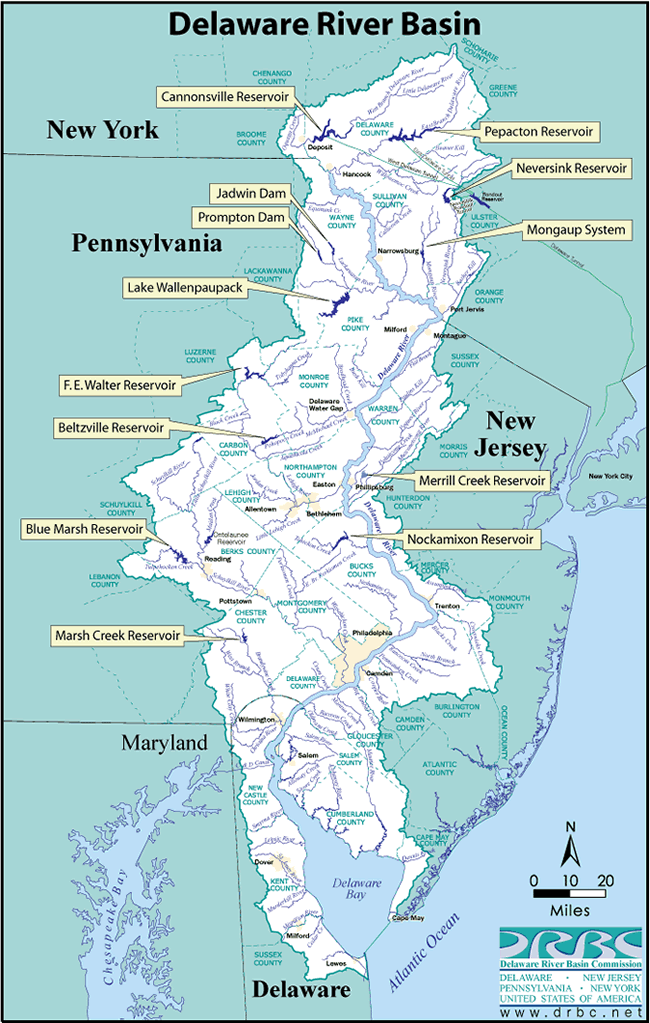The Impact Of Twombly & Iqbal In Products Cases
By admin on July 2, 2012
 The Toxic Tort Litigation Blog brings to the attention of defense practitioners weapons to add to their defense arsenal. An article in the Bloomberg BNA Toxics Law Reporter (6/14/02), titled "Making the Most of Twombly/Iqbal in Product Liabililty Cases", offers a valuable primer concerning how the pleading requirements under Rule 8(a) of the Federal Rules of Civil Procedure have been reinterpreted and reshaped by the U.S. Supreme Court in two landmark decisions, Bell Atlantic Corp. v. Twombly, 550 U.S. 544 (2007), and Ashcroft v. Iqbal, 556 U.S 662,129 S. Ct. 1937 (2009).
The Toxic Tort Litigation Blog brings to the attention of defense practitioners weapons to add to their defense arsenal. An article in the Bloomberg BNA Toxics Law Reporter (6/14/02), titled "Making the Most of Twombly/Iqbal in Product Liabililty Cases", offers a valuable primer concerning how the pleading requirements under Rule 8(a) of the Federal Rules of Civil Procedure have been reinterpreted and reshaped by the U.S. Supreme Court in two landmark decisions, Bell Atlantic Corp. v. Twombly, 550 U.S. 544 (2007), and Ashcroft v. Iqbal, 556 U.S 662,129 S. Ct. 1937 (2009).
In the article, Arnold & Porter’s Anand Agneshwar and Paige Sharpe review how these two decisions have been employed in product liability litigation either to win outright dismissals of complaints or to force plaintiffs to clearly state in their complaints – and not after discovery – precisely what they seek to prove. Motions brought under Twombly and Iqbal have come to be known as Twiqbal motions.
Prior to the Supreme Court’s publication of Twombly in 2007, federal trial courts were guided by the holding in Conley v. Gibson, a U.S. Supreme Court case decided in 1957. Pursuant to the holding of that case, “a complaint should not be dismissed for failure to state a claim unless it appears beyond doubt that the plaintiff can prove no set of facts in support of his claim which would entitle him to relief.” As Mr. Agneshwar and Ms. Sharpe point out, Twombly retired the “no set of facts” language of Conley, and in its place issued a plausibility standard under which plaintiffs must provide “more than labels and conclusions, and a formulaic recitation of the elements of the cause of action will not do so.” Thus, in order to “nudge[] their claims across the line from conceivable to plausible,” plaintiffs must provide a complaint with “enough heft to show that the pleader is entitled to relief.”
The policy rationale for this holding is the avoidance of “potentially enormous expense of discovery in cases with no reasonably founded hope that the discovery process will reveal relevant evidence.” Twombly left unclear whether its pleading directives applied to all civil cases brought in federal court, or just antitrust cases. However, two years later, the Iqbal court made clear that the pleading requirements in Twombly were to be applied across-the-board.
 How successful have Twiqbal motions been in product liability cases? A 2011 law review article by Professor William M. Janssen in the Louisiana Law Review, which focused on pharmaceutical and medical device litigation, found that some 21% of the 264 cases studied were dismissed on Iqbal grounds during the relevant time period. This statistic suggests that it would be imprudent to file a Twiqbal motion in every product liability case. Thankfully, Mr. Agneshwar and Ms. Sharpe provide a series of factors that should be considered prior to filing a Rule 8(a) motion.
How successful have Twiqbal motions been in product liability cases? A 2011 law review article by Professor William M. Janssen in the Louisiana Law Review, which focused on pharmaceutical and medical device litigation, found that some 21% of the 264 cases studied were dismissed on Iqbal grounds during the relevant time period. This statistic suggests that it would be imprudent to file a Twiqbal motion in every product liability case. Thankfully, Mr. Agneshwar and Ms. Sharpe provide a series of factors that should be considered prior to filing a Rule 8(a) motion.
As a general rule, defense counsel should carefully scrutinize their adversary’s pleadings in products cases to evaluate whether plaintiff has properly alleged facts to support an essential element of a claim, such as how a product is defectively designed (design defect claim) or how specifically defendants’ product labeling is insufficient (failure to warn claim). A complaint that contains only conclusory allegations is vulnerable to Twiqbal attack.

 On April 18, 2012,
On April 18, 2012,  In an on-line article titled, “
In an on-line article titled, “ natural gas and oil drilling buried in the DEC’s hazardous spills database. However, it was reported on January 11, 1010 that
natural gas and oil drilling buried in the DEC’s hazardous spills database. However, it was reported on January 11, 1010 that